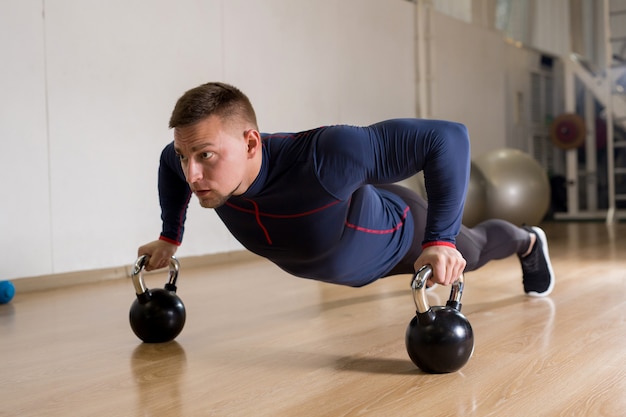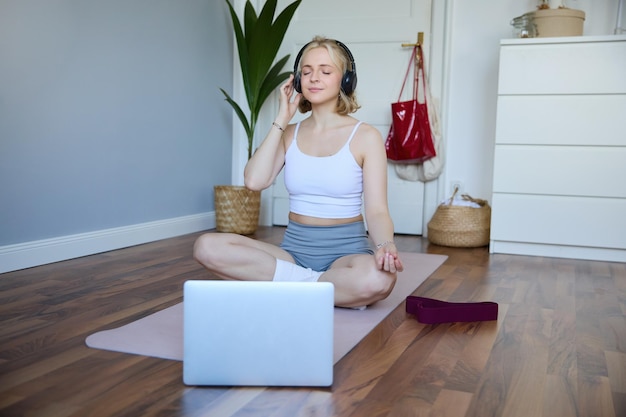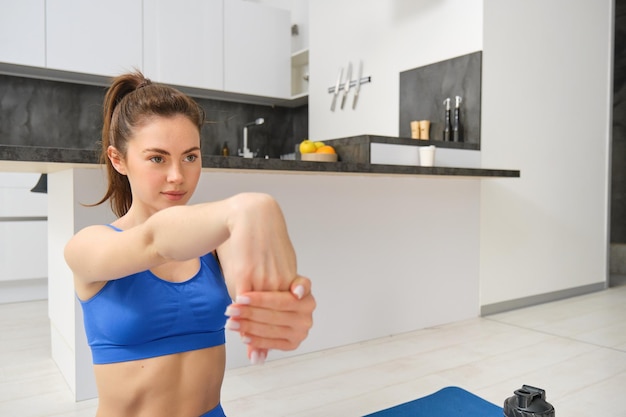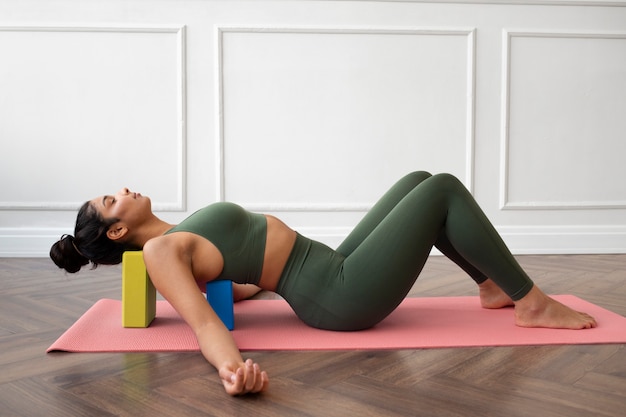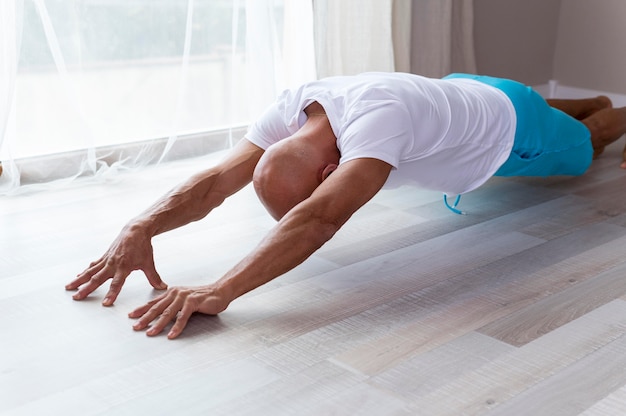25 Gentle Flexibility Moves for Hypertension: Start Quickly, Stay Consistent & Track Progress Weekly
Living with high blood pressure doesn’t mean giving up on mobility or physical wellness. In fact, flexibility training can be a safe, effective way to support cardiovascular health—when done correctly. Unlike intense workouts, low-impact flexibility exercises help reduce stress, improve circulation, and enhance joint function without spiking blood pressure.
This guide offers 25 practical, low-impact flexibility tips specifically designed for individuals managing hypertension. Each tip is gentle, easy to start, and can be done at home. Plus, we’ll show you how to stay consistent and measure your progress weekly—so you can see real results over time.
Why Flexibility Matters for Hypertension
High blood pressure affects millions worldwide and increases the risk of heart disease and stroke. While medication and diet are key, physical activity plays a crucial role. Flexibility exercises help by:
- Reducing stress hormones like cortisol
- Improving blood flow and arterial function
- Enhancing posture and reducing muscle tension
- Supporting better sleep and relaxation
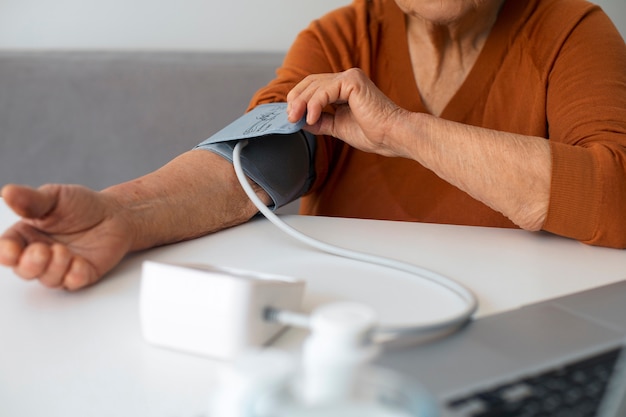
How to Start Safely
Before beginning any new routine, consult your healthcare provider—especially if you have stage 2 hypertension or other health conditions. Once cleared, follow these safety tips:
- Warm up with 5 minutes of slow walking or arm circles
- Avoid holding your breath—breathe deeply and steadily
- Never bounce during stretches (use static holds)
- Stop if you feel dizziness, chest pain, or lightheadedness
25 Low-Impact Flexibility Tips
- Neck Rolls (Slow & Controlled): Gently roll your head in a half-circle to release neck tension. Repeat 5 times per side.
- Shoulder Rolls: Roll shoulders forward and backward for 30 seconds to ease upper body stiffness.
- Seated Forward Bend: Sit with legs extended, reach toward toes. Keep back straight and don’t force the stretch.
- Seated Spinal Twist: Sit cross-legged, place one hand behind you, and twist gently. Hold 20 seconds per side.
- Child’s Pose: Kneel and stretch arms forward on the floor. Great for calming the nervous system.
- Standing Calf Stretch: Place hands on a wall, step one foot back, and press heel down. Hold 20 seconds per leg.
- Hip Flexor Stretch (Kneeling): In a lunge, gently push hips forward to stretch the front of the hip.
- Seated Butterfly Stretch: Bring soles of feet together, gently press knees down. Improves hip mobility.
- Wall-Assisted Hamstring Stretch: Lie on your back, place one leg up on the wall. Feel a gentle pull in the back of the thigh.
- Doorway Chest Stretch: Place forearms on doorframe and step forward slightly to open the chest.
- Deep Breathing with Arm Raises: Inhale while raising arms overhead, exhale while lowering. Enhances lung capacity and relaxation.
- Seated Cat-Cow Stretch: Sit tall, arch and round your back slowly with breath. Improves spinal flexibility.
- Side Neck Stretch: Tilt head to one shoulder, hold 15 seconds. Do not pull—let gravity assist.
- Wrist Circles: Rotate wrists slowly to improve circulation and reduce stiffness.
- Ankle Rolls: Sit and rotate each ankle to promote blood flow and joint health.
- Supine Knee-to-Chest Stretch: Lie on your back, pull one knee gently to your chest. Hold 20 seconds per side.
- Reclining Bound Angle Pose: Lie back with soles of feet together and knees out. Use pillows under knees for support.
- Seated Forward Fold with Support: Use a strap or towel around feet to assist the stretch without straining.
- Standing Side Bend: Reach one arm overhead and lean gently to the opposite side. Improves lateral flexibility.
- Neck Retraction Exercise: Sit tall, gently pull chin straight back to improve posture and reduce strain.
- Thoracic Spine Rotation (Lying Down): Lie on back, knees bent, rotate knees side to side slowly.
- Heel-to-Butt Stretch (Lying): Lie on your side, gently pull one heel toward your glutes.
- Forearm Stretch (Wrist Flexors/Extensors): Extend arm, gently pull fingers back and down to stretch forearm muscles.
- Seated Forward Bend with Side Reach: After forward fold, reach right arm to the left side for a gentle twist.
- Progressive Muscle Relaxation with Stretching: Tense and release each muscle group after stretching to enhance relaxation.
- Weekly Flexibility Journal: Track which stretches you do, how long you hold them, and how you feel afterward.
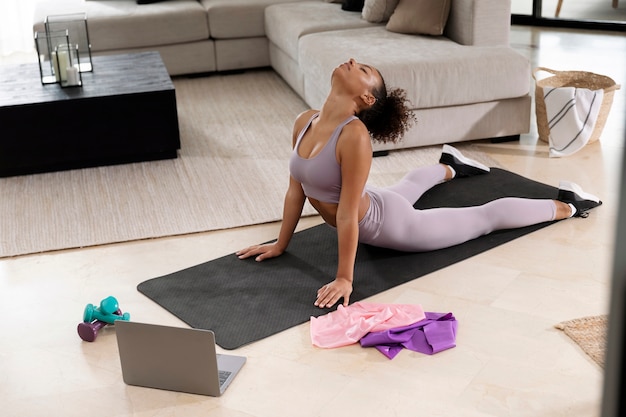
How to Stay Consistent
Consistency beats intensity. Aim for 10–15 minutes daily. Try these strategies:
- Pair stretching with a daily habit (e.g., after brushing teeth)
- Use a habit tracker app or calendar
- Set weekly goals (e.g., complete 5 sessions)
- Invite a family member to join you
Measure Your Results Weekly
Tracking progress keeps you motivated. Each week, assess:
- Range of Motion: Can you reach farther in a forward bend?
- Comfort Level: Do stretches feel easier or less tense?
- Blood Pressure Readings: Note any trends (always under medical guidance).
- Stress Levels: Rate your daily stress on a scale of 1–10.
Use a simple journal or digital note to log these observations. Over time, you may notice improved ease of movement, better sleep, and reduced muscle stiffness.
Final Thoughts
Flexibility training is a powerful, often overlooked tool for managing hypertension. These 25 low-impact tips offer a safe, sustainable way to improve mobility, reduce stress, and support heart health. Start small, stay consistent, and let weekly tracking guide your progress. With time, you’ll not only feel more flexible—you’ll feel more in control of your health.







